THE UNITED AMATEUR JANUARY 1920
Literary Composition
H. P. Lovecraft
In a former article our readers have been shewn the fundamental sources of
literary inspiration, and the leading prerequisites to expression. It
remains to furnish hints concerning expression itself; its forms, customs,
and technicalities, in order that the young writer may lose nothing of
force or charm in presenting his ideas to the public.
Grammar
A review of the elements of English grammar would be foreign to the
purpose of this department. The subject is one taught in all common
schools, and may be presumed to be understood by every aspirant to
authorship. It is necessary, however, to caution the beginner to keep a
reliable grammar and dictionary always beside him, that he may avoid in
his compositions the frequent errors which imperceptibly corrupt even the
purest ordinary speech. As a general rule, it is well to give close
critical scrutiny to all colloquial phrases and expressions of doubtful
parsing, as well as to all words and usages which have a strained or
unfamiliar sound. The human memory is not to be trusted too far, and most
minds harbour a considerable number of slight linguistic faults and
inelegancies picked up from random discourse or from the pages of
newspapers, magazines, and popular modern books.
Types of Mistakes
Most of the mistakes of young authors, aside from those gross violations
of syntax which ordinary education corrects, may perhaps be enumerated as
follows.
(1) Erroneous plurals of nouns, as vallies or echos.
(2) Barbarous compound nouns, as viewpoint or upkeep.
(3) Want of correspondence in number between noun and verb where the two
are widely separated or the construction involved.
(4) Ambiguous use of pronouns.
(5) Erroneous case of pronouns, as whom for who, and vice
versa, or phrases like "between you and I," or "Let we who
are loyal, act promptly."
(6) Erroneous use of shall and will, and of other
auxiliary verbs.
(7) Use of intransitive for transitive verbs, as "he was graduated
from college," or vice versa, as "he ingratiated with the
tyrant."
(8) Use of nouns for verbs, as "he motored to Boston," or "he voiced
a protest."
(9) Errors in moods and tenses of verbs, as "If I was he, I
should do otherwise," or "He said the earth was round."
(10) The split infinitive, as "to calmly glide."
(11) The erroneous perfect infinitive, as "Last week I expected to
have met you."
(12) False verb-forms, as "I pled with him."
(13) Use of like for as, as "I strive to write like
Pope wrote."
(14) Misuse of prepositions, as "The gift was bestowed to an
unworthy object," or "The gold was divided between the five men."
(15) The superfluous conjunction, as "I wish for you to do this."
(16) Use of words in wrong senses, as "The book greatly intrigued
me," "Leave me take this," "He was obsessed with the
idea," or "He is a meticulous writer."
(17) Erroneous use of non-Anglicised foreign forms, as "a strange phenomena,"
or "two stratas of clouds."
(18) Use of false or unauthorized words, as burglarize or supremest.
(19) Errors of taste, including vulgarisms, pompousness, repetition,
vagueness, ambiguousness, colloquialism, bathos, bombast, pleonasm,
tautology, harshness, mixed metaphor, and every sort of rhetorical
awkwardness.
(20) Errors of spelling and punctuation, and confusion of forms such as
that which leads many to place an apostrophe in the possessive pronoun
its.
Of all blunders, there is hardly one which might not be avoided through
diligent study of simple textbooks on grammar and rhetoric, intelligent
perusal of the best authors, and care and forethought in composition.
Almost no excuse exists for their persistent occurrence, since the sources
of correction are so numerous and so available. Many of the popular
manuals of good English are extremely useful, especially to persons whose
reading is not as yet extensive; but such works sometimes err in being too
pedantically precise and formal. For correct writing, the cultivation of
patience and mental accuracy is essential. Throughout the young author's
period of apprenticeship, he must keep reliable dictionaries and textbooks
at his elbow; eschewing as far as possible that hasty extemporaneous
manner of writing which is the privilege of more advanced students. He
must take no popular usage for granted, nor must he ever hesitate, in[120] case of
doubt, to fall back on the authority of his books.
Reading
No aspiring author should content himself with a mere acquisition of
technical rules. As Mrs. Renshaw remarked in the preceding article,
"Impression should ever precede and be stronger than expression." All
attempts at gaining literary polish must begin with judicious reading,
and the learner must never cease to hold this phase uppermost. In many
cases, the usage of good authors will be found a more effective guide than
any amount of precept. A page of Addison or of Irving will teach more of
style than a whole manual of rules, whilst a story of Poe's will impress
upon the mind a more vivid notion of powerful and correct description and
narration than will ten dry chapters of a bulky textbook. Let every
student read unceasingly the best writers, guided by the admirable Reading
Table which has adorned the UNITED AMATEUR during the past two years.
It is also important that cheaper types of reading, if hitherto followed,
be dropped. Popular magazines inculcate a careless and deplorable style
which is hard to unlearn, and which impedes the acquisition of a purer
style. If such things must be read, let them be skimmed over as lightly as
possible. An excellent habit to cultivate is the analytical study of the
King James Bible. For simple yet rich and forceful English, this masterly
production is hard to equal; and even though its Saxon vocabulary and
poetic rhythm be unsuited to general composition, it is an invaluable
model for writers on quaint or imaginative themes. Lord Dunsany, perhaps
the greatest living prose artist, derived nearly all of his stylistic
tendencies from the Scriptures; and the contemporary critic Boyd points
out very acutely the loss sustained by most Catholic Irish writers through
their unfamiliarity with the historic volume and its traditions.
Vocabulary
One superlatively important effect of wide reading is the enlargement of
vocabulary which always accompanies it. The average student is gravely
impeded by the narrow range of words from which he must choose, and he
soon discovers that in long compositions he cannot avoid monotony. In
reading, the novice should note the varied mode of expression practiced by
good authors, and should keep in his mind for future use the many
appropriate synonymes he encounters. Never should an unfamiliar word be
passed over without elucidation; for with a little conscientious research
we may each day add to our conquests in the realm of philology, and become
more and more ready for graceful independent expression.
But in enlarging the vocabulary, we must beware lest we misuse our new
possessions. We must remember that there are fine distinctions betwixt
apparently similar words, and that language must ever be selected with
intelligent care. As the learned Dr. Blair points out in his Lectures,
"Hardly in any language are there two words that convey precisely the same
idea; a person thoroughly conversant in the propriety of language will
always be able to observe something that distinguishes them."
Elemental Phases
Before considering the various formal classes of composition, it is well
to note certain elements common to them all. Upon analysis, every piece of
writing will be found to contain one or more of the following basic
principles: Description, or an account of the appearance of things;
Narration, or an account of the actions of things; Exposition,
which defines and explains with precision and lucidity; Argument,
which discovers truth and rejects error; and Persuasion, which
urges to certain thoughts or acts. The first two are the bases of fiction;
the third didactic, scientific, historical and editorial writings. The
fourth and fifth are mostly employed in conjunction with the third, in
scientific, philosophical, and partisan literature. All these principles,
however, are usually mingled with one another. The work of fiction may
have its scientific, historical, or argumentative side; whilst the
textbook or treatise may be embellished with descriptions and anecdotes.
Description
Description, in order to be effective, calls upon two mental qualities;
observation and discrimination. Many descriptions depend for their
vividness upon the accurate reproduction of details; others upon the
judicious selection of salient, typical, or significant points.[121]
One cannot be too careful in the selection of adjectives for descriptions.
Words or compounds which describe precisely, and which convey exactly the
right suggestions to the mind of the reader, are essential. As an example,
let us consider the following list of epithets applicable to a fountain,
taken from Richard Green Parker's admirable work on composition.
Crystal, gushing, rustling, silver, gently-gliding, parting, pearly,
weeping, bubbling, gurgling, chiding, clear, grass-fringed,
moss-fringed, pebble-paved, verdant, sacred, grass-margined,
moss-margined, trickling, soft, dew-sprinkled, fast-flowing, delicate,
delicious, clean, straggling, dancing, vaulting, deep-embosomed,
leaping, murmuring, muttering, whispering, prattling, twaddling,
swelling, sweet-rolling, gently-flowing, rising, sparkling, flowing,
frothy, dew-distilling, dew-born, exhaustless, inexhaustible,
never-decreasing, never-failing, heaven-born, earth-born,
deep-divulging, drought-dispelling, thirst-allaying, refreshing,
soul-refreshing, earth-refreshing, laving, lavish, plant-nourishing.
For the purpose of securing epithets at once accurate and felicitous, the
young author should familiarize himself thoroughly with the general aspect
and phenomena of Nature, as well as with the ideas and associations which
these things produce in the human mind.
Descriptions may be of objects, of places, of animals, and of persons. The
complete description of an object may be said to consist of the following
elements:
1. When, where, and how seen; when made or found; how affected by time.
2. History and traditional associations.
3. Substance and manner of origin.
4. Size, shape, and appearance.
5. Analogies with similar objects.
6. Sensations produced by contemplating it.
7. Its purpose or function.
8. Its effects—the results of its existence.
Descriptions of places must of course vary with the type of the place. Of
natural scenery, the following elements are notable:
1. How beheld—at dawn, noon, evening, or night; by starlight or
moonlight.
2. Natural features—flat or hilly; barren or thickly grown; kind
of vegetation; trees, mountains, and rivers.
3. Works of man—cultivation, edifices, bridges; modifications of
scenery produced by man.
4. Inhabitants and other forms of animal life.
5. Local customs and traditions.
6. Sounds—of water; forest; leaves; birds; barnyards; human
beings; machinery.
7. View—prospect on every side, and the place itself as seen from
afar.
8. Analogies to other scenes, especially famous scenes.
9. History and associations.
10. Sensations produced by contemplating it.
Descriptions of animals may be analyzed thus:
1. Species and size.
2. Covering.
3. Parts.
4. Abode.
5. Characteristics and habits.
6. Food.
7. Utility or harmfulness.
8. History and associations.
Descriptions of persons can be infinitely varied. Sometimes a single
felicitous touch brings out the whole type and character, as when the
modern author Leonard Merrick hints at shabby gentility by mentioning the
combination of a frock coat with the trousers of a tweed suit. Suggestion
is very powerful in this field, especially when mental qualities are to be
delineated. Treatment should vary with the author's object; whether to
portray a mere personified idea, or to give a quasi photographic view,
mental and physical, of some vividly living character. In a general
description, the following elements may be found:
1. Appearance, stature, complexion, proportions, features.
2. Most conspicuous feature.
3. Expression.
4. Grace or ugliness.
5. Attire—nature, taste, quality.
6. Habits, attainments, graces, or awkwardnesses.
7. Character—moral and intellectual—place in the community.
8. Notable special qualities.
In considering the preceding synopses, the reader must remember that they
are only suggestions, and not for literal use. The extent of any
description is to be determined by its place in the composition; by taste
and fitness. It should be added, that in fiction description must not be
carried to excess. A plethora of it leads to dulness, so that it must ever
be balanced by a brisk flow of Narration, which we are about to
consider.
Narration
Narration is an account of action, or of successive events, either real or
imagined; and is therefore the basis both of[122] history and of fiction. To
be felicitous and successful, it demands an intelligent exercise of taste
and discrimination; salient points must be selected, and the order of time
and of circumstances must be well maintained. It is deemed wisest in most
cases to give narratives a climactic form; leading from lesser to greater
events, and culminating in that chief incident upon which the story is
primarily founded, or which makes the other parts important through its
own importance. This principle, of course, cannot be literally followed in
all historical and biographical narratives.
Fictional Narration
The essential point of fictional narration is plot, which may be
defined as a sequence of incidents designed to awaken the reader's
interest and curiosity as to the result. Plots may be simple or
complex; but suspense, and climactic progress from one incident to
another, are essential. Every incident in a fictional work should have
some bearing on the climax or denouement, and any denouement which is not
the inevitable result of the preceding incidents is awkward and
unliterary. No formal course in fiction-writing can equal a close and
observant perusal of the stories of Edgar Allan Poe or Ambrose Bierce. In
these masterpieces one may find that unbroken sequence and linkage of
incident and result which mark the ideal tale. Observe how, in "The Fall
of the House of Usher," each separate event foreshadows and leads up to
the tremendous catastrophe and its hideous suggestion. Poe was an absolute
master of the mechanics of his craft. Observe also how Bierce can attain
the most stirring denouements from a few simple happenings; denouements
which develop purely from these preceding circumstances.
In fictional narration, verisimilitude is absolutely essential. A story
must be consistent and must contain no event glaringly removed from the
usual order of things, unless that event is the main incident, and is
approached with the most careful preparation. In real life, odd and
erratic things do occasionally happen; but they are out of place in an
ordinary story, since fiction is a sort of idealization of the average.
Development should be as lifelike as possible, and a weak, trickling
conclusion should be assiduously avoided. The end of a story must be
stronger rather than weaker than the beginning; since it is the end which
contains the denouement or culmination, and which will leave the strongest
impression upon the reader. It would not be amiss for the novice to write
the last paragraph of his story first, once a synopsis of the plot has
been carefully prepared—as it always should be. In this way he will
be able to concentrate his freshest mental vigour upon the most important
part of his narrative; and if any changes be later found needful, they can
easily be made. In no part of a narrative should a grand or emphatic
thought or passage be followed by one of tame or prosaic quality. This is
anticlimax, and exposes a writer to much ridicule. Notice the
absurd effect of the following couplet—which was, however, written
by no less a person than Waller:
"Under the tropic is our language spoke,
And part of Flanders hath receiv'd our yoke."
Unity, Mass, Coherence
In developing a theme, whether descriptive or narrative, it is necessary
that three structural qualities be present: Unity, Mass, and Coherence.
Unity is that principle whereby every part of a composition must have some
bearing on the central theme. It is the principle which excludes all
extraneous matter, and demands that all threads converge toward the
climax. Classical violations of Unity may be found in the episodes
of Homer and other epic poets of antiquity, as well as in the digressions
of Fielding and other celebrated novelists; but no beginner should venture
to emulate such liberties. Unity is the quality we have lately noted and
praised in Poe and Bierce.
Mass is that principle which requires the more important parts of a
composition to occupy correspondingly important places in the whole
composition, the paragraph, and the sentence. It is that law of taste
which insists that emphasis be placed where emphasis is due, and is most
strikingly embodied in the previously mentioned necessity for an emphatic
ending. According to this law, the end of a composition is its most
important part, with the beginning next in importance.
Coherence is that principle which groups related parts together and keeps
unrelated parts removed from one another. It applies, like Mass, to the
whole composition,[123]
the paragraph, or the sentence. It demands that kindred events be narrated
without interruption, effect following cause in a steady flow.
Forms of Composition
Few writers succeed equally in all the various branches of literature.
Each type of thought has its own particular form of expression, based on
natural appropriateness; and the average author tends to settle into that
form which best fits his particular personality. Many, however, follow
more than one form; and some writers change from one form to another as
advancing years produce alterations in their mental processes or points of
view.
It is well, in the interests of breadth and discipline, for the beginner
to exercise himself to some degree in every form of literary art. He may
thus discover that which best fits his mind, and develop hitherto
unsuspected potentialities.
We have so far surveyed only those simpler phases of writing which centre
in prose fiction and descriptive essays. Hereafter we hope to touch upon
didactic, argumentative, and persuasive writing; to investigate to some
extent the sources of rhetorical strength and elegance; and to consider a
few major aspects of versification.
About the Author
Howard Phillips Lovecraft was an American writer of weird, science, fantasy, and horror fiction. He is best known for his creation of the Cthulhu Mythos.
Born in Providence, Rhode Island, Lovecraft spent most of his life in New England. Wikipedia
Born: August 20, 1890, Providence, RI
Died: March 15, 1937, Providence, RI
Full Name: Howard Phillips Lovecraft
Spouse: Sonia Greene (m. 1924–1937)
Buy H. P. Lovecraft Books at Amazon


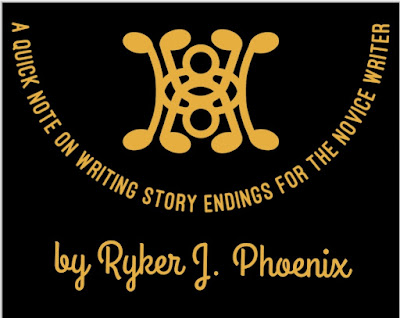

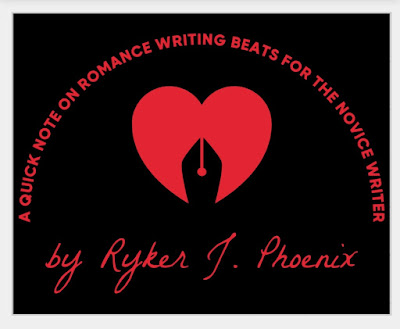
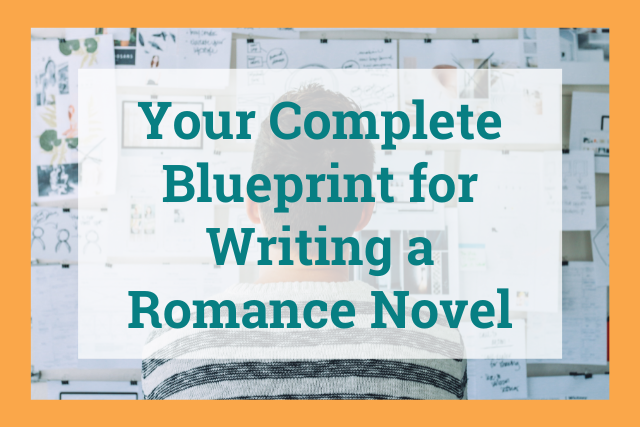
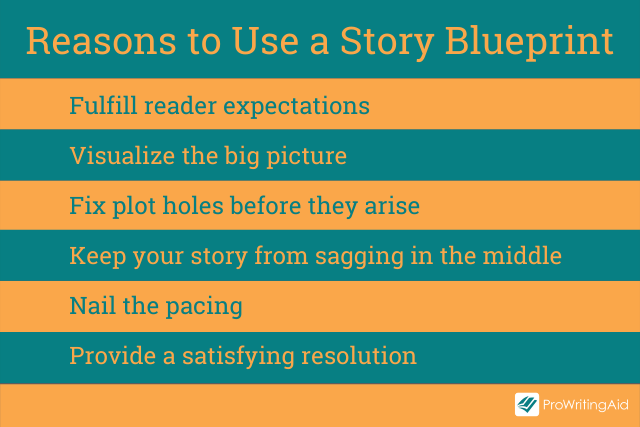
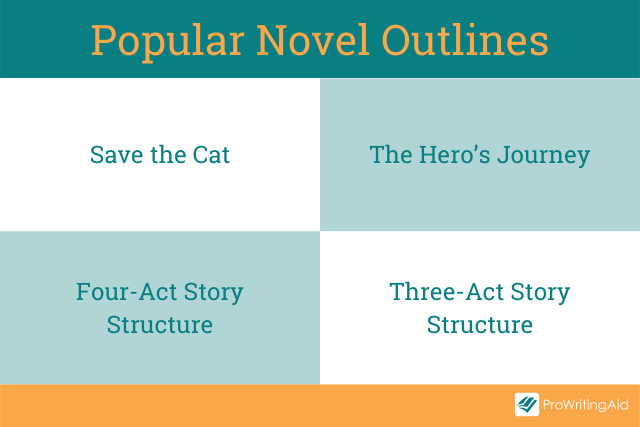
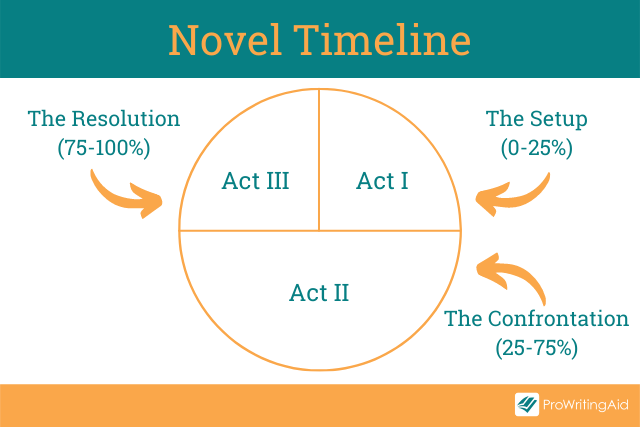
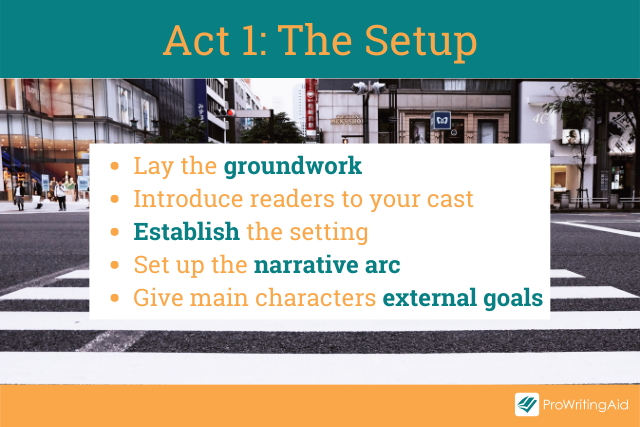
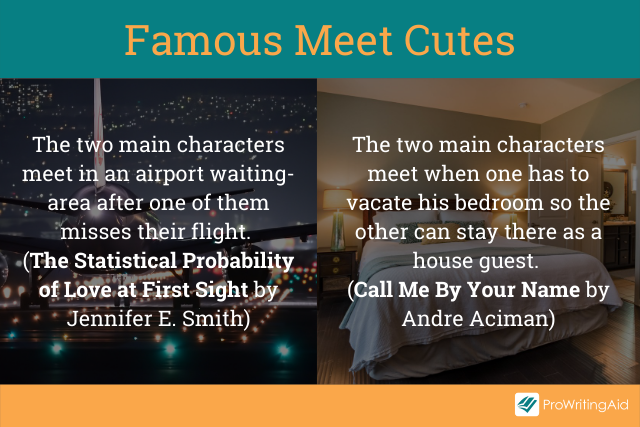

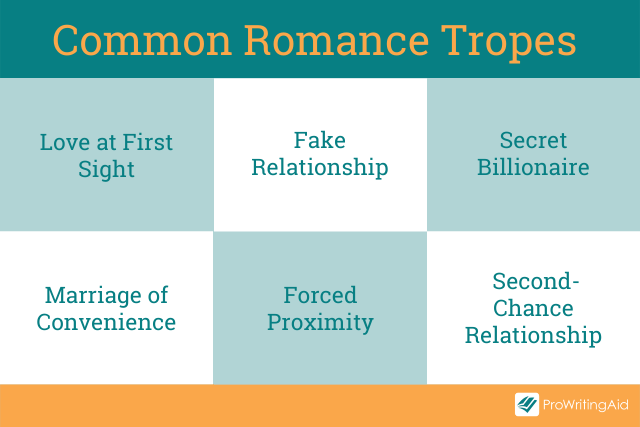

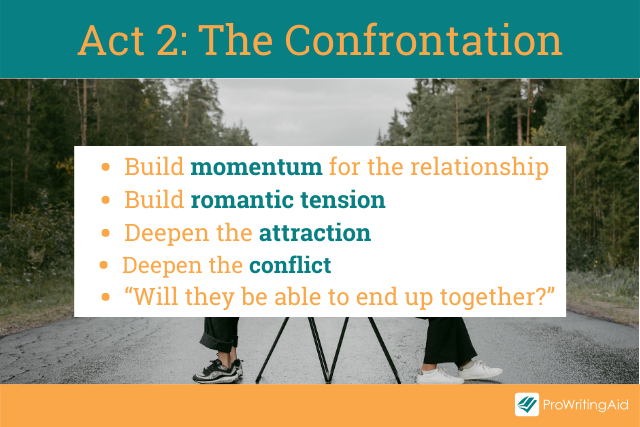
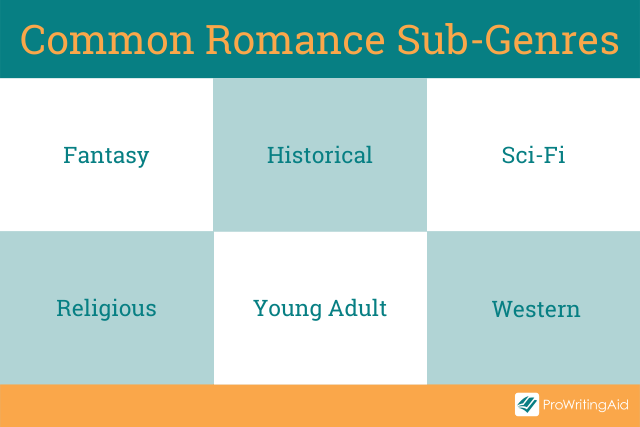



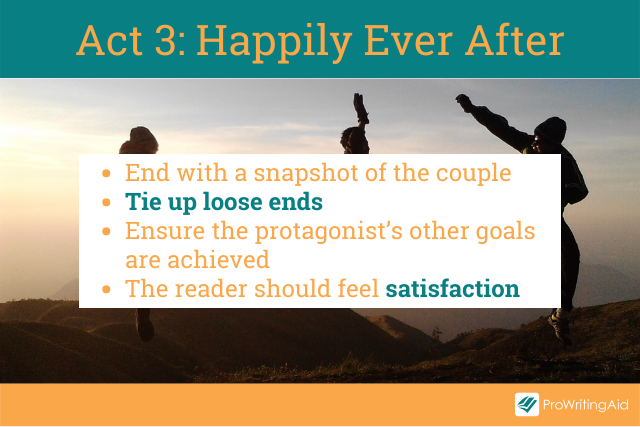
















.jpg)